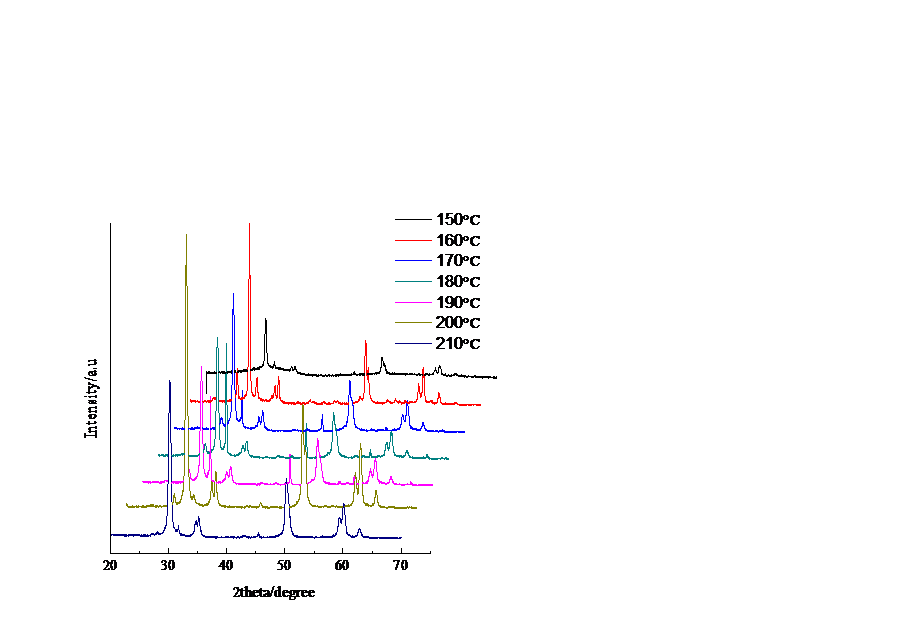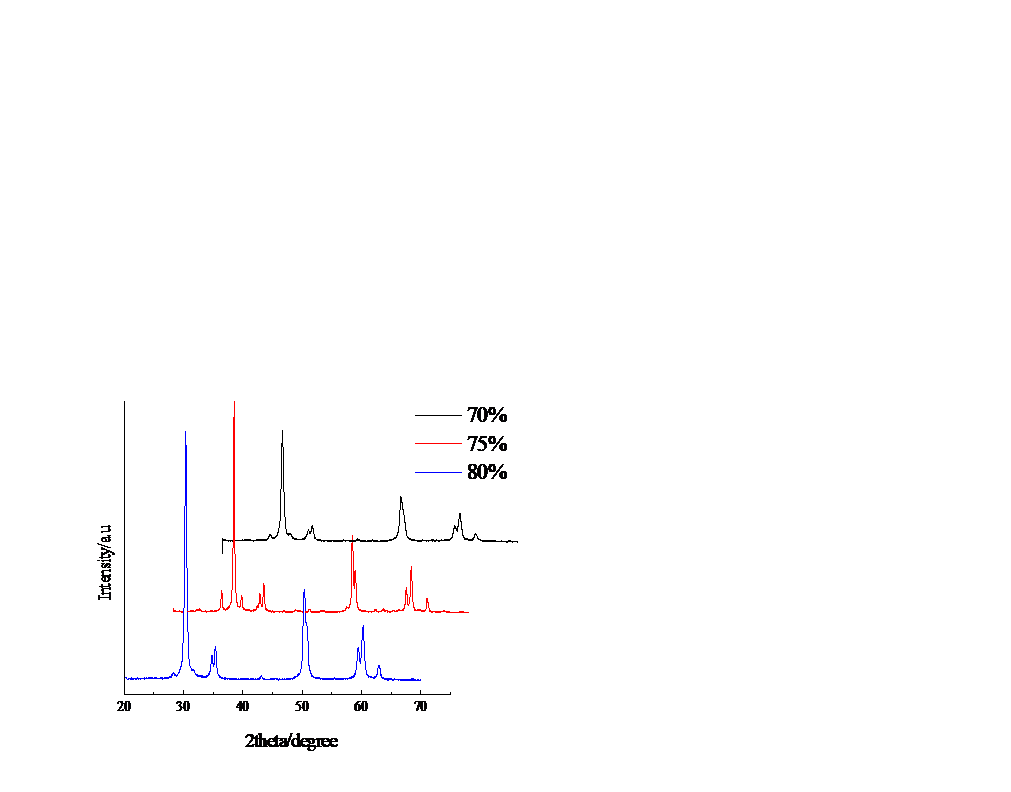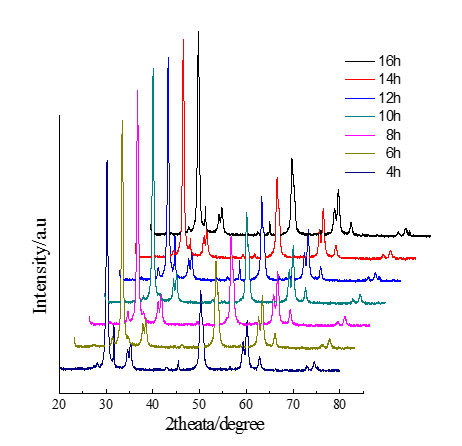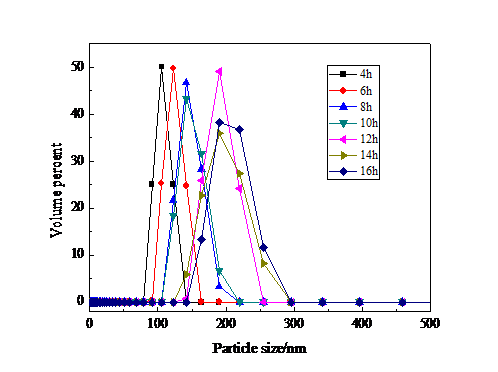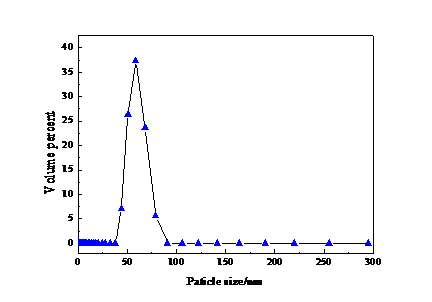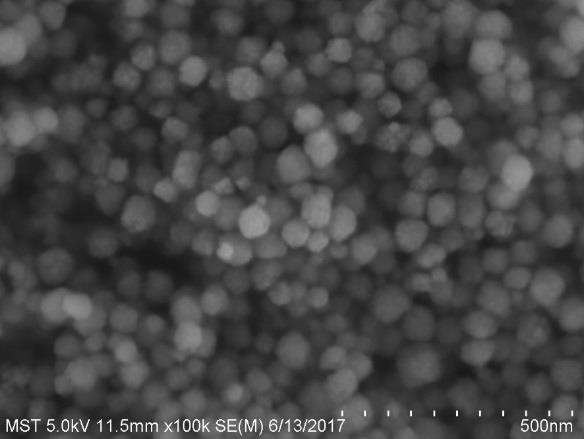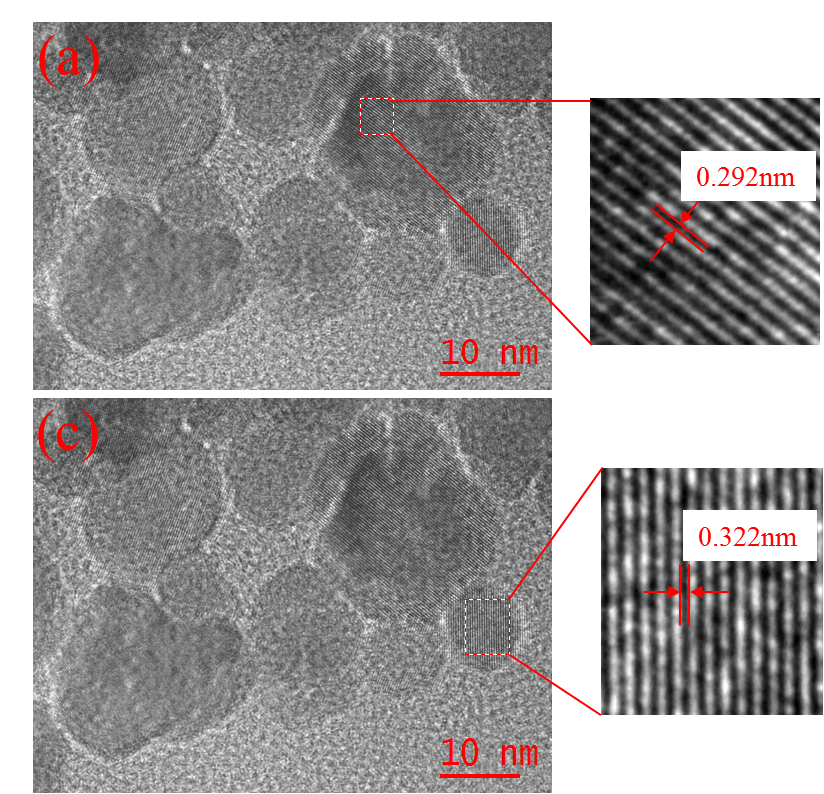水热法合成纳米氧化锆的烧结性能研究毕业论文
2020-07-04 19:46:16
摘 要
氧化锆因具有极其优异的物理化学性能而被广泛应用于生产生活中。氧化锆晶型中应用最广泛的是四方相,而氧化锆陶瓷的增韧也主要与四方相有关。水热法制备氧化锆粉体与其他方法相比拥有较多优点,但均不能获得纯四方相粉体,陶瓷的强度则主要由其致密化程度决定。本文主要考察制备含较高四方相比例的氧化锆粉体的影响因素,并探究影响氧化锆烧结体致密化程度的条件。以氧氯化锆为前驱体,N,N-双(2-羟乙基)甘氨酸为分散剂,氢氧化钠为矿化剂进行水热合成,结果发现当反应温度200℃,反应时间8h,反应釜填充度80%时,粉体结晶度最好,晶粒尺寸最小,四方相占比最大。随着成型压力的增大,烧结体的致密化程度变好,当压力达到7MPa以上时,致密化程度变化较小。
关键词:氧化锆 纳米粉体 水热法 无压烧结
Research on the Preparation and Sintering Property of ZrO2 with Hydrothermal Method
Abstract
ZrO2 is widely used in production because of its excellent physical and chemical properties. The most widely used in ZrO2 crystal is tetragonal phase, which the toughening of ZrO2 ceramics is mainly related to. The preparation of ZrO2 powder by hydrothermal method has many advantages compared with other methods, but the pure tetragonal phase powder cannot be obtained by all of them. The strength of ceramics is determined by the degree of densification. In this paper, the influence factors to Prepare ZrO2 powders containing high tetragonal phase ratio were investigated, and the conditions of the degree of densification of ZrO2 sintering were also investigated. ZrClO2 is chosen as the precursor, bicine as the dispersing agent, NaOH as the mineralizer to prepare by hydrothermal. The result shows that the powder has the best crystallinity, the smallest grain size and the highest tetragonal quarter ratio when the reaction temperature is 200℃, reaction time is 8h and the compactedness of the reaction still is 80%. With the molding pressure increases, the densification degree of sintered body is getting better. When the pressure reached above 7MPa, the degree of densification was similar.
Key Words: ZrO2; nano-powder; hydrothermal method; pressureless sintering
目 录
摘要I
ABSTRACTII
第一章 绪论1
1.1 研究背景1
1.2 氧化锆的结构与性质1
1.3 纳米氧化锆的制备工艺2
1.3.1 沉淀法2
1.3.2 共沸蒸馏法2
1.3.3 微乳液法2
1.3.4 溶胶—凝胶法3
1.3.5 水热法3
1.4 氧化锆陶瓷的成型方法3
1.4.1 钢模压制成型法3
1.4.2 冷等静压成型法3
1.5 氧化锆陶瓷的烧结4
1.5.1 无压烧结4
1.5.2 压力烧结5
1.5.3 新型烧结方法5
1.6 本课题研究的意义及内容6
1.6.1 课题的研究意义6
1.6.2 课题的研究内容6
第二章 水热法制备纳米氧化锆粉体7
2.1 试验部分7
2.1.1 试验试剂及仪器7
2.1.2 试验步骤及流程7
2.1.3 表征方法8
2.2 结果与讨论9
2.2.1 反应温度对粉体的影响9
2.2.2 反应釜填充度对粉体的影响9
2.2.3 反应时间对粉体的影响10
2.2.4 最优条件下氧化锆粉体的粒径分布10
2.2.5 最优条件下ZrO2粉体的晶型分布11
2.3 小结12
第三章 氧化锆胚体的成型与烧结14
3.1 试验部分14
3.1.1 试验原料及仪器14
3.1.2 试验步骤及流程14
3.1.3 表征方法15
3.2 结果与讨论15
3.2.1 成型压力对素胚的影响15
3.2.2 成型压力对烧结体致密化的影响16
3.2.3 烧结温度对烧结体致密化的影响18
3.2.4 成型压力对烧结体强度的影响18
3.3 小结19
第四章 结论20
参考文献21
致谢23
第一章 绪论
1.1 研究背景
粉体由颗粒堆积而成,一般包括有机粉体、金属粉体和陶瓷粉体。依照化学成分,陶瓷粉体分为氧化物(氧化锆、氧化铝、氧化硅)和非氧化物(金属碳化物、氮化物、硼化物)两类。陶瓷材料拥有着许多常见金属材料和高分子复合材料所不具备的优点,其拥有高硬度、高强度、耐高温、耐腐蚀、耐磨损、低热膨胀系数等优秀性能[1]。然而,陶瓷材料也存在着两个弱点,即低韧性和低可靠性,这些问题限制了陶瓷材料的应用[2]。
特种陶瓷又称精细陶瓷、现代陶瓷,是一种使用高度精选的原材料,有精确控制的化学成分,按照有利于控制的制造技术加工的,有利于进行结构设计,并有着优良特性的陶瓷[3]。特种陶瓷已经与传统陶瓷有着十分巨大的区别,并且被许多高新领域所需要,特种陶瓷材料正在迅速成为一个被广泛需要的新兴产业。
相关图片展示:
